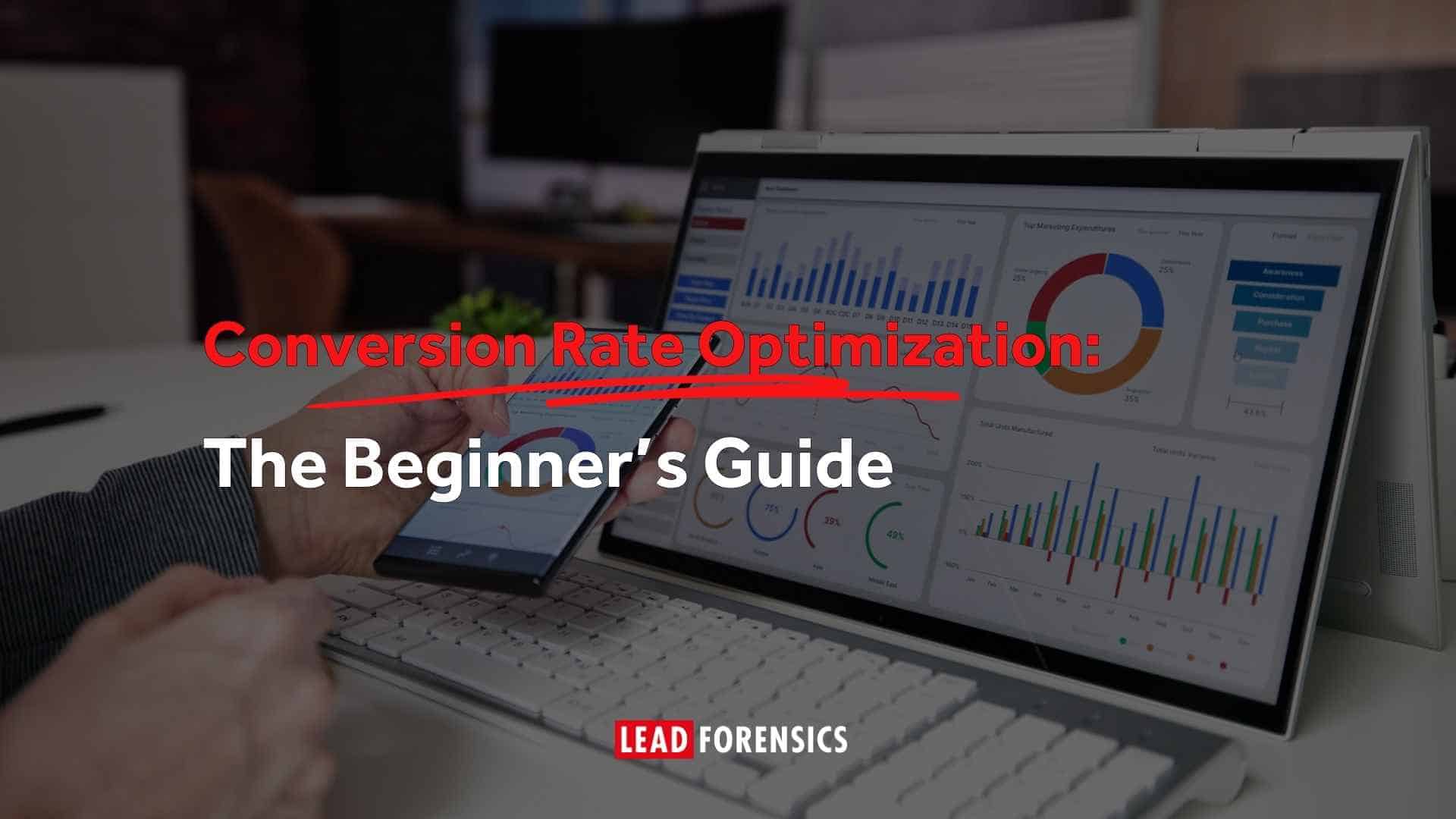Staying ahead of the curve by employing growth hacking strategies is one way to do this and it’s an idea that’s really taken off.
Here we’re going to take a closer look at what it’s all about. We’ll be covering the ‘must-have’ growth hacking ingredients as well as specific hacks that could help you achieve your growth ambitions. Plus everything you need to think about when it comes to growing your business.
What is growth hacking?
The term growth hacking was first coined by Sean Ellis, Chief Exec of GrowthHackers.com and the marketer behind several successful tech giants, including Dropbox, Lookout and LogMeIn.
The concept is summed up neatly by Darrah Baustein in entrepreneur.com, who says: “Growth-hacking is the act of accelerating the growth of a brand, service or product through the use of metrics and creative, innovative marketing strategies and state-of-the-art technology. It entails bypassing traditional approaches and streamlining growth.”
In basic terms, it’s about forming a team of people who will focus aggressively on growth, while worrying less about the usual restraints that marketers face (such as budgets, deadlines, etc.) They will aim purely to get the business fired up and hitting the big numbers.
While growth hacking has a lot to do with marketing, it isn’t solely about that. In fact, the best growth hackers will be skilled in a range of areas. They need to be part business development, part sales person, part marketer and part project manager, all rolled into one.
It takes a deep understanding of an individual business and its practices if growth hacking is to work. Most importantly, there needs to be a drive and hunger to succeed.
Growth hackers will spend their time finding and optimizing strategies for growth that will make the company highly successful and bring it in front of the public, media and potential investors.
It’s a strategy often used with start-ups, but established B2B companies can profit from it just as much, even if only applying growth hacking strategies to a new product, rather than the entire business.
Growth hacking vs. traditional marketing
By now you may be wondering what is the difference between traditional marketing and growth hacking. While both categories aim to boost the overall growth of the company, some key distinctions should be underlined.
First of all, traditional marketing generally relies on offline strategies and channels, including snail mail, direct sales, print advertising, radio and television. On the contrary, growth hacking majorly relies on a broad spectrum of low-cost online activities.
Setting up growth hacking for success
Focusing on growth alone isn’t the secret to being successful. There are always going to be several factors at play, which will have an influence on what’s happening.
Trying to push a product that is a bad fit for the market, is simply doomed for failure. So, start by asking yourself – is your product really what the market wants? If not, then you need to work on it before you do anything else.
The product also needs to be scalable – ie. something that can grow and increase in numbers quickly. Service-based products are generally easy to scale up, whereas physical ones can be a little more challenging. That’s not to say it can’t work, just that different approaches and planning may be needed.

Before embarking on a growth hacking journey, it’s always a good idea to do a SWOT analysis, to figure out what’s what.
Get everyone from the various teams (product development, marketing, customer services, sales etc.) to meet up and brainstorm ideas together. You may be pleasantly surprised how many ideas your employees come up with, when it comes to growing a particular product or market segment.
Remember, growth hacking is foremost an attitude change. Give the right people the right tools and they’ll go far.
The ‘must-have’ growth hacking ingredients
Content
Growth hacking is about having great content. Blogs and videos should form part of your strategy, along with an aggressive content marketing plan. We’re now part of a world that’s driven by an increasing demand for information. The amount being consumed every day is staggering. So, to grow quickly you constantly need to be adding lots of good content.
Guest blogging
As well as driving an audience to your own blog, make sure you are taking advantage of others who already have an established audience. Find the ones who are a great fit for your business and offer them high quality and exclusive content. Everyone is looking for content, so if you pitch a good story that ticks all their boxes, then you’ll be on to a winner and your exposure will increase.
Personal branding
Who’s behind the brand? What’s the company all about?
Tesla and Facebook are great examples of companies who have very public faces. Their CEOs are out there acting as highly visible brand ambassadors.
It isn’t necessarily the CEO who needs to be in the spotlight. Various people at a company can and should show their face and use personal branding techniques to help get the word out.
An easy way to do this is to engage in online forums and on platforms where people communicate – such as LinkedIn groups, Facebook groups, Quora, etc.
Building a personal authority around your expertise and knowledge is easy with these tools. You’ve just got to invest your time in doing so – and aggressively, if you want to grow quickly.
The easiest way to build a personal brand is to create your own social profiles, engage actively in the various communities, be approachable, helpful and reach out to people.

Email list
Your contact database will always be your most valuable asset, no matter what the nature of your business may be. Build up your list, nurture it and add to it on an ongoing basis. Network on and offline, and spend time nurturing your existing contacts. If you’re doing nothing with your existing list, that’s one huge missed opportunity.
Analytics
Growth hacking without measuring or understanding what’s going on, is a waste of time. You need to know your numbers and the story they are telling you.

Becoming a data and numbers junkie is all part of being a growth hacker. You constantly need to look at things like key performance indicators (KPIs), viral coefficients, multivariate testing, CACs, LTVs and whatever else is key in your field. Simply looking at Google analytics is not enough.
Accelerated growth can only happen in tandem with looking at the numbers and how they are developing over time. Knowing why something works – or why it doesn’t – is key here.
This is where website visitor tracking software like Lead Forensics can help – not only can you track where your visitors are coming from, what they’re looking at and how long they stay, you can also see which companies visit your website, and get contact details for key decision makers.
The AARRR pirate funnel in growth hacking
Unlike traditional marketing or brand marketing, growth hacking focuses on a few key growth-drivers, known as AARRR and ignores everything else.
In 2007, Dave McClure, a Silicon Valley-based entrepreneur, angel investor and a former marketing director at PayPal, created the AARRR framework: acquisition, activation, retention, referral and revenue.
AARRR is a way to measure startup growth by tracking key performance indicators (KPIs) outlined by five funnel stages. After McClure proposed the idea, users nicknamed the AARRR framework “pirate metrics”.

Here’s how the AARRR framework works. To monitor the performance of your growth hacking marketing efforts, you can pick a few KPIs for each stage of the sales funnel. For example, if you want to understand how well your acquisition channels work, you can monitor and analyze the number of site/landing page/widget visits.
Technical background
The technical background required to enable growth is another distinctive feature of growth hacking. In addition to identifying problems and finding solutions, growth hackers, unlike traditional marketing experts, must have the tech skills required to implement these solutions without the help of the tech team.
Here are some examples of the technical background growth hackers must have:
- Front-end coding, including the basics of HTML and CSS.
- Building and optimizing landing pages (either manually or using the drag-and-drop tools)
- Web scraping for lead collection.
- The ability to work with various growth hacking software, including monitoring tools, database managers, extensions and plugins.
Data-driven
Another distinctive feature of growth hacking is its data-driven nature. David McKinley, a marketing director at Ivory Research, tells a story of how they used GIFs in email marketing to grow their customer base. They created engaging email copies, backed them up with relevant CTAs and embedded trending GIFs. Everyone in the marketing team predicted the email campaign to be extremely successful as they thought it matched the target audience perfectly.
When the numbers came in, it turned out that they had fewer new clients than before the GIF email campaign launch. As a result, the email campaign was quickly dumped and all future email campaigns were A/B tested before aired.
There are many takeaways from David’s story, but the most important one is the power of analytics, which leads right to my point. Growth hackers are extremely analytical and use data to inform every step. Every marketing decision, every solution and every experiment made revolves around data and growth.
Unlike traditional marketers, growth hackers focus on and measure their performance using something that’s called one metric that matters (OMTM). OMTM is a single metric that growth marketers care about during different stages of a startup.

Product-oriented
Technologies, and particularly the internet, have given the world new types of products: software products. For hundreds and thousands of years, a product has been a physical object worth exchanging or paying for. Now, customers deal with non-physical products all the time. Banking apps, streaming services and music subscription platforms, are all as much products as groceries, apparel and cars are.
This transformation of goods from physical to digital requires a completely different way of thinking, the one distinctive to growth hackers. Unlike traditional marketers, growth hackers understand the potential of digital products and the role they can play in their own adoption. Thus, growth hacking enables strategies where product-oriented methods, like referrals, are central.
11 top tips for growth hacking
Now, as you know more about growth hacking, its history, key distinctive features and skills required to be a good growth hacker, it’s time for you to learn a few growth hacking tips. This section explains 10 ways you can employ growth hacking in your marketing strategy.
1) Break down your goals into sub-goals
By focusing on the smaller sub-goals that are SMART (instead of more general goals), you can attain the overall growth of your business. The SMART goals framework suggests setting goals that are specific, measurable, attainable, relevant and time-bound.
2) Find a place where your target audience is located
If you’re looking for the growth hacks used by many successful companies, most of them started out by finding a place where their target audience hangs out online. For example, you can market to the members of particular Facebook groups with a messaging that will engage them.
3) Use the freemium model
The freemium model has become the dominant business model used by startupers. By allowing users to try out the premium version of your product before they decide if it’s right for them, you can expand your user base, and as a result, grow your business.
4) Implement a referral program
Referral programs and other reward-based programs, are a great way to scale business growth. Develop a referral program that benefits both the referrer and the new customer. This way, you’ll create a win-win situation that will benefit your customers and stimulate growth.
5) Leverage influencer market
Social media optimization and particularly leveraging the influencer market, is another way to scale growth. Before pursuing a partnership with influencers, ensure the influencer of your choice is aligned with your brand’s values, target audience, and product.
6) Employ the invite-only signup system
By implementing the invite-only signup system, you can leverage the fear of missing out (FOMO) that will prompt users to sign up for your service. For instance, you can allow each service user to invite up to five friends who can then invite up to five friends, and so on.

7) Content hacking
Content hacking is another way to scale growth. Wait, what exactly is content hacking? Basically, it’s a combination of growth hacking and content marketing efforts. By improving your content marketing game, you can increase the traffic to your website and as a result, grow your user base.
8) Gamify the user experience
Gamifying the user experience is another way to boost growth. With gamification, every interaction will feel like an achievement and your customers will actually enjoy engaging with your products.
9) Inspire collaboration
Collaboration is what drives the growth hacking process. Different departments of your organization need to be working together and to do rapid experimentations to enable growth.
10) Get creative
The growth hacking method was innovative at a time and now hundreds of professionals employ it to enable growth. It took a creative (and analytical) mindset to come up with such a concept. Turning your creative ideas into experiments is the essence of the growth hacking process.
11) Use website visitor identification
Lead Forensics provides contact details for B2B key decision makers along with a full website-journey breakdown. Learn who is discovering your brand, what engages them, and what instills their demand for your product. Using the contact details provided, you can easily follow up website visitors.
Interested? Of course you are – book a demo here.








